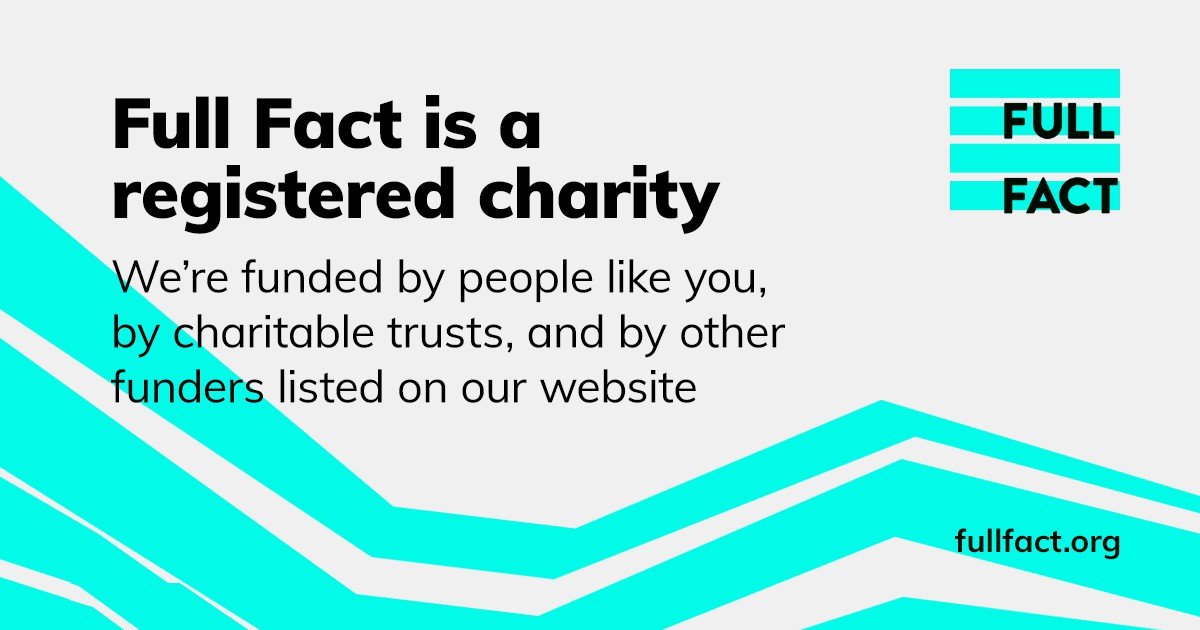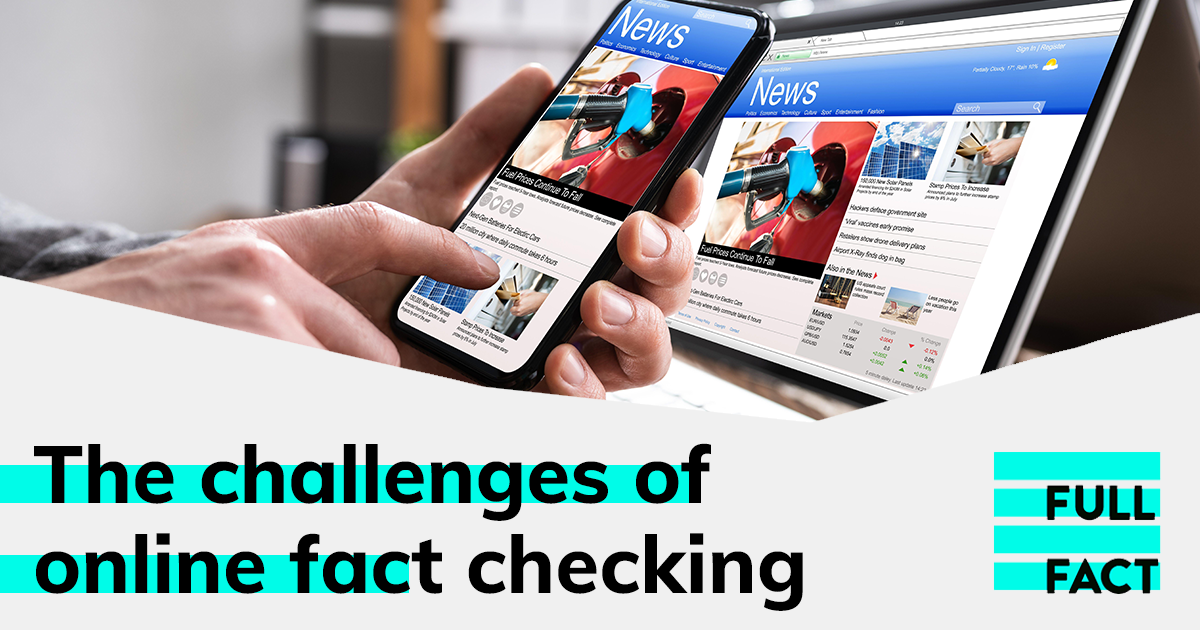Overview and Context
The international fact‐checking movement emerged in the early 2000s and has expanded rapidly across the globe. Fact‐checking began in the United States with the launch of projects such as Factcheck.org in 2003, and over time the field has grown to include more than 100 active projects in approximately 40 countries, reflecting a diverse mix of traditional journalism and civil society initiatives[15]. Digital distribution and the increasing availability of open data have contributed to the low barrier of entry for many of these initiatives, though many still struggle with technological and resource constraints in combating misinformation[1].
Key Metrics for Evaluation
When evaluating fact‐checking organizations, three key performance indicators (KPIs) emerge – reliability, transparency, and impact. Reliability is measured by the accuracy of verifying claims and the consistency of adherence to internationally recognized standards, such as those set by the International Fact‐Checking Network (IFCN)[9]. Editorial fact‐checking models, as described in recent analyses, emphasize the importance of a dedicated verification process that includes cross‐checking sources and reviewing narrative coherence[13]. Transparency is defined by the clear disclosure of verification methods, source citations, correction policies, and the reporting of any biases or errors. For instance, organizations like Full Fact make their methodologies public and provide detailed explanations for each fact‐check, allowing audiences to assess the credibility of their work[8]. Impact KPIs involve assessing the reach and effectiveness of fact‐checks as well as audience engagement. Studies indicate that fact‐checked stories can change audiences' perceptions and correct misperceptions, and metrics such as page views, social media sharing, and qualitative assessments of public understanding are used to gauge this impact[15]. Recent advances in evaluating factual precision in automated systems, such as the FACTSCORE framework used for large language models (LLMs), further highlight the need for nuanced quantitative measures in human fact‐checking as well[5].
Funding Models and Political Pressures
Many fact‐checking organizations operate on modest annual budgets, frequently under $100,000, and rely on a mix of individual donations, grants from charitable foundations, and targeted support from technology companies. For example, FactCheck.org receives support from organizations like the Robert Wood Johnson Foundation, Meta, and Google – with strict assurances that donors have no control over editorial decisions[7]. Similarly, Full Fact's funding model is built on charitable donations and support from trusts while upholding rigorous safeguards to maintain neutrality[8]. Political pressures add to these challenges: fact‐checkers may operate under repressive conditions or face government interference, which can lead to self‐censorship or the need to relocate operations. In some cases, fact‐checking initiatives are run by civil society groups in emerging democracies or by organizations positioned outside their country of origin to avoid political reprisals, thereby ensuring a degree of independence but also complicating access to local information and audience trust[3]. These funding and political challenges underscore the importance of sustainable business models that protect editorial independence while also ensuring the long‐term viability of fact‐checking as a public good[14].
Collaboration Strategies and Best Practices
Collaborative approaches have been identified as essential for enhancing the effectiveness and reach of fact‐checking efforts. A variety of models address editorial practices: the magazine model employs dedicated fact‐checkers who verify complex narratives and in‐depth investigations, whereas the newspaper model relies on journalists to cross‐verify their own work. Many organizations now adopt a hybrid model that balances speed with thoroughness, allocating intensive fact‐checking resources to longer, complex stories while using a more streamlined process for breaking news[13]. Networks such as the International Fact‐Checking Network provide forums for capacity building and resource sharing, enabling fact‐checkers to exchange best practices and standardize methodologies across borders[16]. Furthermore, partnerships with local news organizations allow fact‐checkers to incorporate regional context and reduce the risk of perpetuating a single, dominant narrative that might exclude local perspectives[14]. Best practices also include measures such as peer review of fact‐checks, public disclosure of all verification processes, continuous training of staff, and the deployment of technology tools to monitor online claims and rapidly identify misinformation[2]. These collaborative strategies not only improve the quality and credibility of fact‐checking outputs but also contribute to a more balanced and resilient public discourse.
Get more accurate answers with Super Pandi, upload files, personalized discovery feed, save searches and contribute to the PandiPedia.
Let's look at alternatives:
- Modify the query.
- Start a new thread.
- Remove sources (if manually added).






